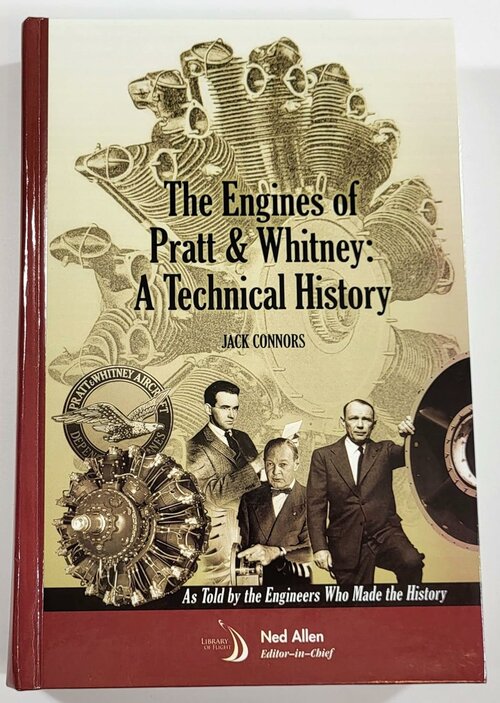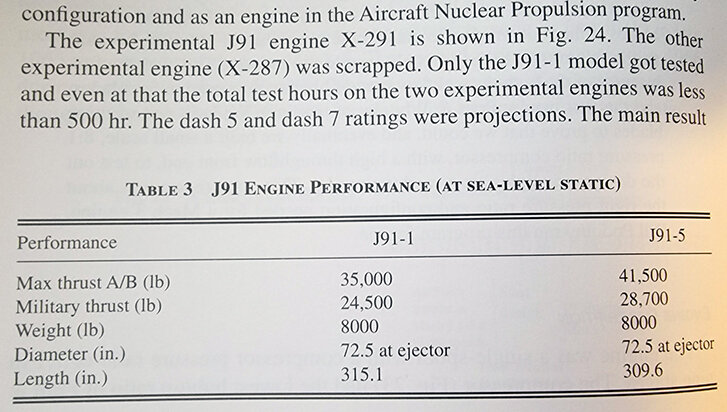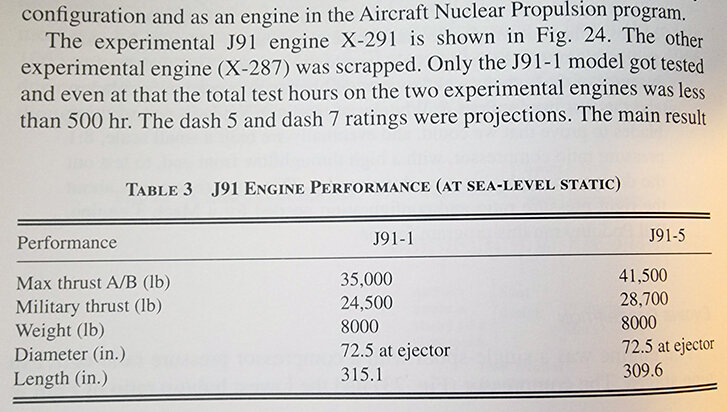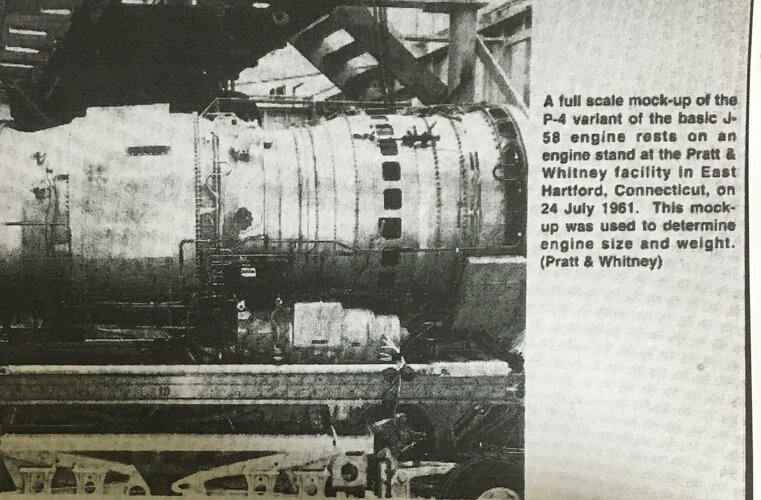KJ_Lesnick
ACCESS: Top Secret
- Joined
- 13 February 2008
- Messages
- 1,042
- Reaction score
- 97
Normally, I would just look through my books but I don't have very much information about the J-91 other than it had a 9-stage compressor, a twin-stage turbine, a 7:1 pressure-ratio, a trans-sonic compressor, a 55-inch diameter, and that the J-58 was an 80% scaled down version with a higher pressure-ratio and a variable IGV to lower it's (the J-58's) pressure-ratio at high supersonic speeds, and that it had an afterburner that could burn either JP-4 or HEF-3 -- Plus I've heard conflicting data regarding the thrust output of the J-93's from 27,000 lbf to 31,500 lbf
I'm wondering the following questions...
1.) How the thrust levels of the J-91 using conventional fuel (JP-4 in combustor and afterburner) compared to the J-93 GE-1 using conventional fuel (JP-4 in combustor and afterburner)?
2.) How the thrust levels of the J-91 using conventional fuel (JP-4 in combustor and afterburner) compared to the J-93 GE-3 using conventional fuel (JP-4 in combustor and afterburner)?
3.) How the thrust levels of the J-91 using conventional fuel (JP-4 in combustor and afterburner) compared to the J-93 GE-3 using JP-6 (in both combustor and afterburner)?
4.) How the thrust levels of the J-91 using high-energy fuel in afterburner compared to the J-93 GE-1 using high energy fuel in the afterburner?
5.) How the thrust levels of the J-91 using high-energy fuel in afterburner compared to the J-93 GE-5 (GE-3 used only JP-4 or JP-6) using high-energy fuel in the afterburner?
KJ Lesnick
I'm wondering the following questions...
1.) How the thrust levels of the J-91 using conventional fuel (JP-4 in combustor and afterburner) compared to the J-93 GE-1 using conventional fuel (JP-4 in combustor and afterburner)?
2.) How the thrust levels of the J-91 using conventional fuel (JP-4 in combustor and afterburner) compared to the J-93 GE-3 using conventional fuel (JP-4 in combustor and afterburner)?
3.) How the thrust levels of the J-91 using conventional fuel (JP-4 in combustor and afterburner) compared to the J-93 GE-3 using JP-6 (in both combustor and afterburner)?
4.) How the thrust levels of the J-91 using high-energy fuel in afterburner compared to the J-93 GE-1 using high energy fuel in the afterburner?
5.) How the thrust levels of the J-91 using high-energy fuel in afterburner compared to the J-93 GE-5 (GE-3 used only JP-4 or JP-6) using high-energy fuel in the afterburner?
KJ Lesnick





